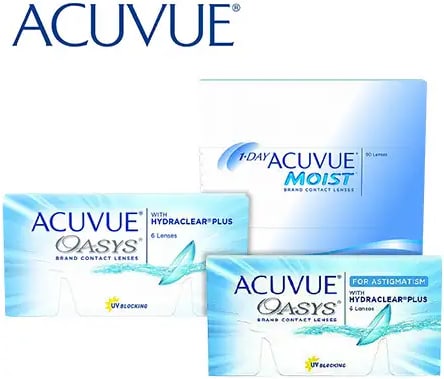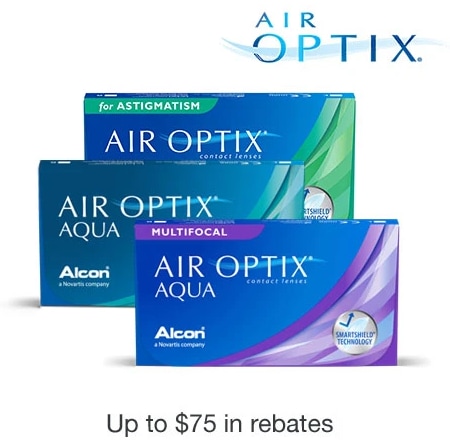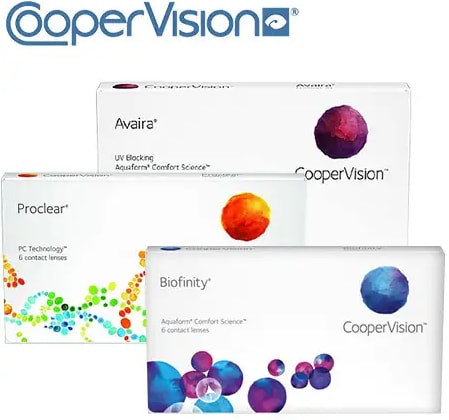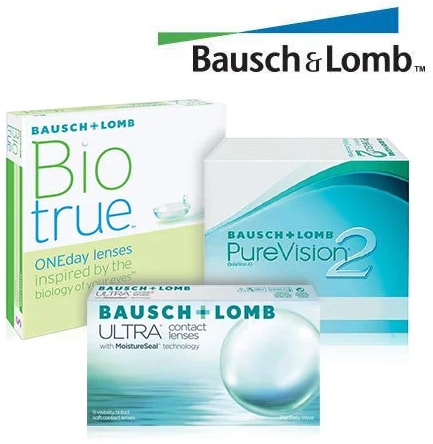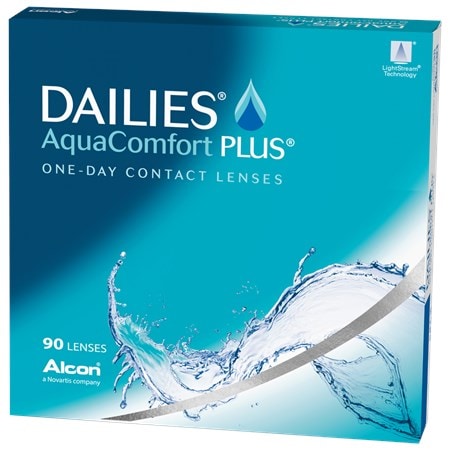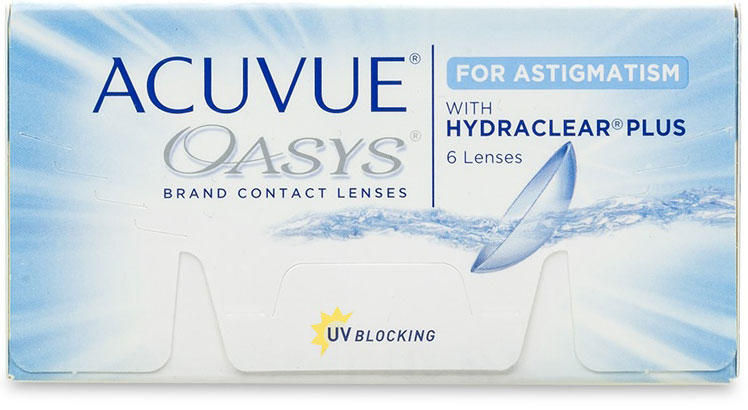- Top brands
- Acuvue
- Air Optix
- Avaira Vitality
- Biofinity
- Biomedics
- Clariti
- Focus/Dailies
- FreshLook
- Proclear
- PureVision
- SofLens
- ULTRA
- All Contact Lenses
- Lens type
- Color Lenses
- Daily Disposables
- Monthly Disposables
- Multifocal Lenses
- Toric Lenses
- Vial Lenses
- Weekly Disposables
- Manufacturers
- Acuvue
- Alcon
- Bausch & Lomb
- CooperVision
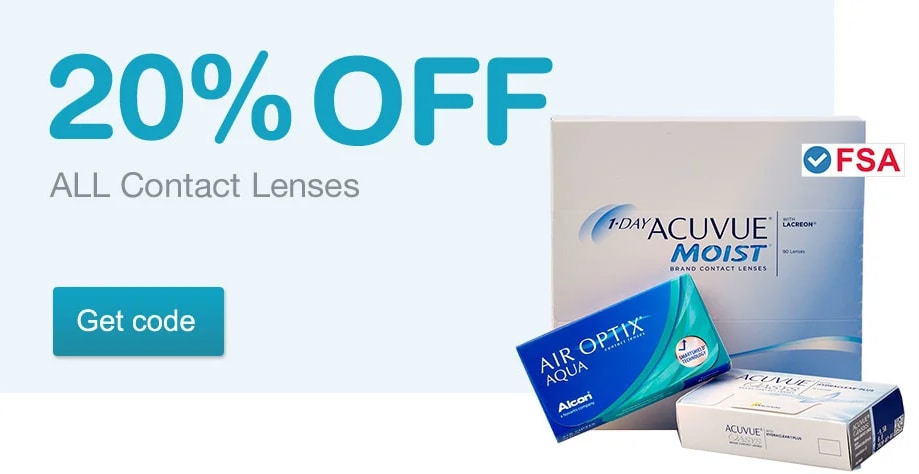
Being able to see clearly greatly improves your quality of life. When your vision is properly corrected, you can see better to drive, watch a movie, participate in meetings and perform many other activities. Contact lenses allow you to enjoy the benefits of clear vision without having to wear prescription eyeglasses and can simplify vision correction. Walgreens makes purchasing and re-ordering contacts easier than ever with a wide selection of lenses that can be shipped to your home.
Contact lenses offer numerous benefits for those who are in need of vision correction. Unlike eyeglasses, contact lenses will not fog up due to changes in temperature, and they will not become smudged or smeared during the day. With contact lenses, you can wear sunglasses, protective eyewear and 3D movie glasses more comfortably, and your appearance won't be changed by wearing the lenses. In addition, contact lenses fully cover the eye, so that your vision is enhanced no matter which direction you look - a benefit that eyeglasses cannot provide.
Contact lenses come in a wide variety of types, ensuring that there is something for everyone. Lenses come in two main varieties: daily wear or vial contacts that you continue to use day-in and day-out and disposable lenses that you wear for a specific period of time before throwing them away and using a new pair. There are a number of specialty types of contacts that are ideal for certain individuals. Color lenses change the color of the eyes while correcting vision, while toric lenses are made for people with an eye condition called astigmatism, which affects the way the eye focuses. Multifocal lenses improve both near and distant vision and are suitable for individuals who require bifocal eyeglasses.
Before ordering contact lenses, you'll need to visit an optometrist to have an eye exam. The optometrist will determine what strength of lenses is ideal for your needs and what size lenses will best fit your eyes. He or she will also discuss your lifestyle and daily habits with you to help determine which variety of contact lenses will be the most convenient for you to use and will be the safest option for your eyes. Then, you will be provided with a prescription that states what brand, type, strength and size you should purchase.
Once you have a prescription from your optometrist, you can easily purchase your contacts from Walgreens and have them shipped to your home. Start by finding the brand and style of lens that your doctor recommended. You can use the links at the left-hand side to make your search easier.
Once you have added the right lens to your cart, enter the patient details and information from your prescription. You can find this information on boxes of contacts that you have at home or on a paper prescription provided by your optometrist. After these selections, you can enter the optometrist's information and fax number to accelerate the processing of your order. The Walgreens customer service team will contact your optometrist to verify the accuracy of the prescription and that it was issued within the last 12 months. Then, your contacts will be shipped.
-
How to put in contacts
Before putting in your lenses, wash your hands with soap and water and rinse them thoroughly. Place the lens on your index finger so that the bottom of the bowl-like shape is resting on your finger. Look for any rips or tears in the lens. Don't use a lens that is damaged in any way. To insert the lens, use the index finger on your other had to pull your upper eyelid up. With the hand that's holding the lens, pull down on your lower lid with your middle finger. Then, slowly touch the lens to your eye. Release your eyelids and gently blink once or twice.
-
How to take out contacts
Wash your hands with soap and water and rinse them well. While looking up, pull down on your lower lid with the middle finger of your dominant hand. Use your index finger to gently slide the lens toward the bottom of your eye. Pinch the lens gently with your thumb and index fingers and gently lift it away from your eye. Follow up with the cleaning and storage steps recommended by your eye doctor.
-
Can you put contacts in water?
Contact lenses should never be stored in plain water. Even distilled water can contain germs that pose a risk for infection. You should use a sterilized saline solution designed specifically for storing contact lenses.
-
Can you swim with contacts?
It is not a good idea to swim with contact lenses in, as you should keep your contacts out of contact with water as much as possible. The chemicals used in swimming pools can also leave behind residues on lenses that could irritate your eyes.
-
How do contact lenses work?
If you have perfect vision, light focuses on the light-sensing structure in your eye called the retina in exactly the right location. Contact lenses improve vision in near-sighted and far-sighted people by altering how light focuses on the retina when it passes through the eye. The lenses are kept in place by the natural tears that lubricate your eyes.
-
How long do contacts last?
Some daily-wear contacts can typically last for up to one year when cared for properly. Disposable contacts are worn for shorter lengths of time, such as one day, one week or one month. The packaging for disposable contact lenses will have an expiration date printed on them, and the lenses should be used before that date for best results.
-
When were contact lenses invented?
Artist and inventor Leonardo da Vinci produced sketches for a very basic type of contact lens in 1508, but the first wearable contact lenses weren't produced until the late 19th century. F.E. Muller is often credited with creating the first glass lenses in 1887. Others credit Adolf E. Fick and Edouard Kalt for creating the first glass contact lenses in 1888. The first glass and plastic lenses were invented by William Feinbloom in 1936.
-
How long can you wear contacts?
The length of time that you can safely wear contacts depends on their type. Most lenses should be removed prior to bed; however, extended-wear contacts can be worn continuously for a set length of time, usually for up to 30 days. Your eye doctor can provide you with specific advice regarding how long you can wear your lenses on a daily basis.
-
How old do you have to be to wear contacts?
There is no specific minimum age requirement for wearing contact lenses. As long as a child or teen can handle and care for contacts appropriately and a doctor prescribes the lenses, they can be worn safely. Most eye doctors recommend that kids start wearing contacts between 8 and 11 years of age.
-
How to get contact lenses
To get contact lenses, you need to visit an optometrist to undergo an eye exam. The doctor will determine your prescription and measure your eyes to decide what size lenses you require. You can then use your prescription to order contact lenses online.
° Contact lenses automatically ship for free. Free Standard Shipping also applies to general store merchandise, contact lens solutions and accessories under 10 lbs when part of a contact lens order. Items ship separately.




